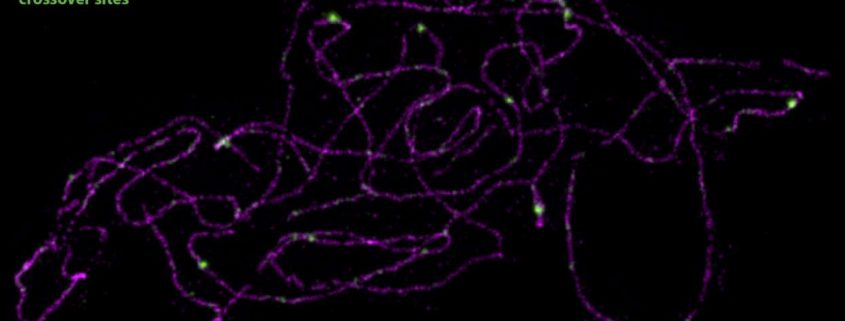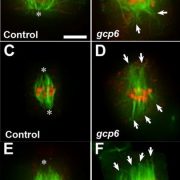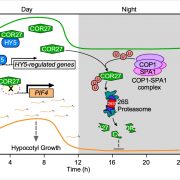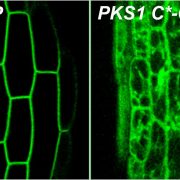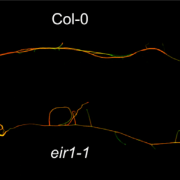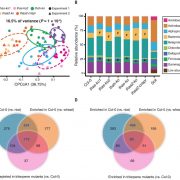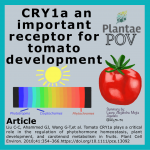ATM safeguards Arabidopsis meiosis
By Marie-Therese Kurzbauer and Peter Schlögelhofer, Department of Chromosome Biology, Max Perutz Labs, University of Vienna, Vienna BioCenter
Background:
ATM is THE protein known to signal DNA damage and elicit repair in all eukaryotes, and is broadly conserved. Its full name “Ataxia telangiectasia mutated” derives from a human disorder that is characterized by dilated blood vessels (telangiectasia), gait abnormalities (ataxia) due to neurodegeneration, cancer predisposition, and further pathologies. While ATM is often studied in the context of disease and exogenous DNA damage, its role as a regulator of physiological processes is less understood. ATM is a protein kinase that phosphorylates many factors involved in DNA repair. Among them are several proteins important for meiosis, the specialized two-step cell division that gives rise to gametes (i.e. sperm and egg cells). The concomitant mixing of parental genomes depends on the formation and repair of DNA breaks that physically connect homologous chromosomes via crossovers, thereby ensuring correct chromosome segregation.
Question:
Although ATM had previously been shown to be involved in several steps during meiosis in some animals and yeast, and is required for successful DNA repair and full fertility in Arabidopsis thaliana, its exact functions during plant meiosis remain elusive.
Findings:
We compared plants with and without functional ATM to assess the function of the protein during meiosis. We developed state-of-the art methodology, including single-molecule microscopy to quantify meiotic DNA breaks; next-generation sequencing to measure recombination genome-wide; and nanoscopy to obtain super-resolution images of meiotic nuclei. We found that ATM has an important regulatory role during meiosis and is more than a mere sensor and transducer of DNA damage in plants: ATM limits the number of DNA breaks and crossovers, is required for successful DNA repair, and furthermore controls the structure of meiotic chromosomes. In its absence, chromosomes are longer, DNA loops are shorter and the synaptonemal complex, a protein structure formed between homologous chromosomes, is wider.
Next steps:
After charting the effects of ATM on meiosis, the next step is to identify its targets and how they are regulated. Several candidate proteins have been identified, including factors involved in meiotic progression, DNA repair and recombination, as well as chromosome structure. Future studies will dissect their interactions with the ATM protein.
Reference:
Marie-Therese Kurzbauer, Michael Peter Janisiw, Luis F. Paulin, Ignacio Prusén Mota, Konstantin Tomanov, Ondrej Krsicka, Arndt von Haeseler, Veit Schubert and Peter Schlögelhofer (2021). ATM Controls Meiotic DNA Double-Strand Break Formation and Recombination and Affects Synaptonemal Complex Organization in Plants. Plant Cell, https://doi.org/10.1093/plcell/koab045


